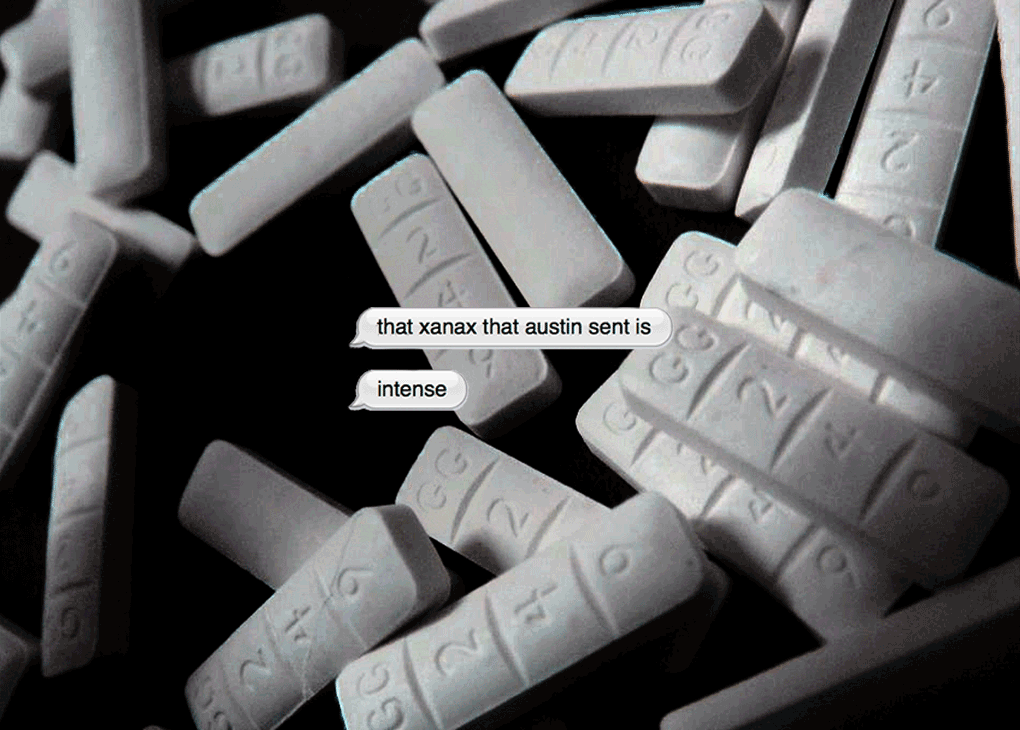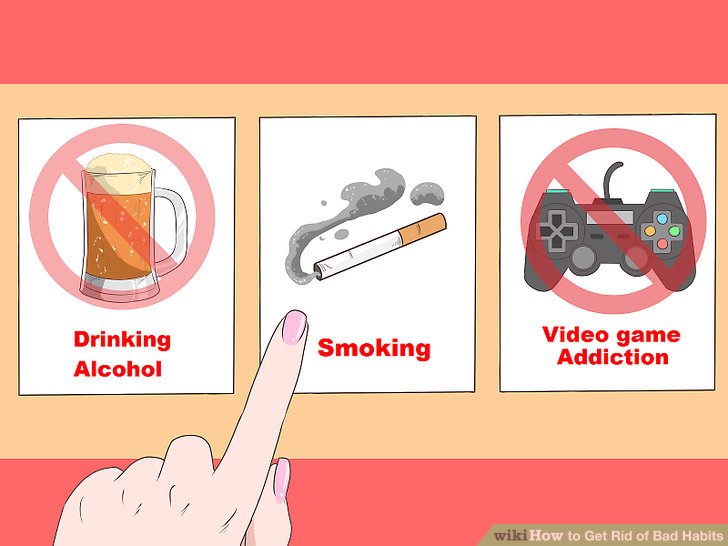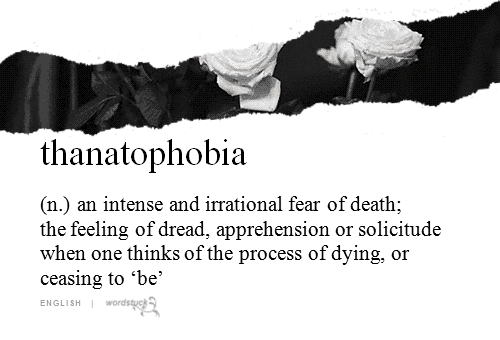How long xanax kick in
How Long For Xanax To Kick In?
Are you suffering from anxiety or panic attacks? If you have consulted a doctor, you might have been prescribed anti-anxiety medications to control your symptoms. One of the most popular anti-anxiety drugs in America is Xanax, which is also known by its generic name alprazolam. Alprazolam belongs to the benzodiazepine class of drugs. Other popular benzos include Valium (diazepam), Klonopin (clonazepam), and Ativan (lorazepam). These benzos are mostly used to treat anxiety, stress, and sleep problems.
If you are thinking of taking Xanax, you might be wondering about how long it takes before the drug takes effect. Is the effect of Xanax immediate? Or do you have to wait a few days before you can feel its effects?
The Time It Takes For Xanax To Kick InIf you are taking Xanax, it will generally take 15 minutes to an hour for the effects to kick in. Within this time frame, you will start experiencing the effects of the drug. Xanax is absorbed by the body very quickly. Xanax is a relaxant so you should feel a sedative, relaxing effect within one hour of taking it. Most people feel the peak effects within the first hour or two.
How long does Xanax last? Xanax is a short-acting benzo meaning the drug’s effects are very brief, lasting only two to four hours. There may be some residual effects but usually, these effects don’t go over 4 to 5 hours.
However, these approximations are not applicable to everyone. There are many factors that could affect how long alprazolam’s effects can be felt. How a drug affects you will differ depending on your body’s metabolism, age, height, weight, and gender. Your state of health like your kidney and liver function could also factor in. Some people are also more tolerant of some drugs than others. For example, if you have been taking Xanax for some time, how the drug will affect you now may differ from the very first time you took the drug.
You’ve taken your Xanax dose but you’re not feeling any effects even after a couple of hours. Is there something wrong with you? Or is there something wrong with the drug? These are just some of the questions you may be asking if you don’t feel anything after taking the drug.
There are different possibilities why you’re not feeling alprazolam’s effects:
Drug tolerance
If you take a drug regularly, you could develop a tolerance for it. Being tolerant means your body is no longer getting the desired effect like before so you may need to increase your dose to get the same effect. Before you increase your dose, consult your doctor about the problem. Do not self-medicate. Increasing your dose without the supervision of a medical professional could lead to drug addiction.
Incorrect Dose
Another reason why you’re not feeling the effects of alprazolam may be because you are not taking the correct dose as advised by the doctor.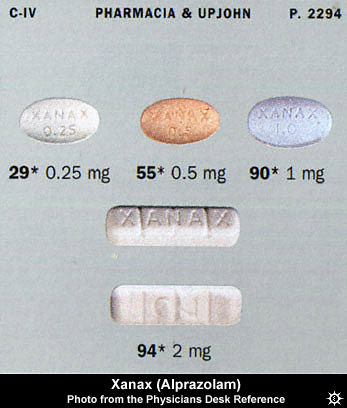 Are you taking less than what was prescribed or worse, maybe you went over the correct dose and your body developed tolerance? Again, the best course of action is to consult with your doctor.
Are you taking less than what was prescribed or worse, maybe you went over the correct dose and your body developed tolerance? Again, the best course of action is to consult with your doctor.
Fake Xanax
Another reason why you may not be feeling the usual effects of Xanax is that you may be taking a counterfeit version of the drug. Where did you get the pills you are taking? If you did not get it from a legitimate pharmacy, the drug that you may have bought could be fake. This is often the case with people who are taking Xanax recreationally and do not have a prescription for the drug.
The presence of counterfeit drugs is becoming an increasing problem in the United States. With the rise of prescription drug abuse, it has become harder to get legitimate prescriptions of commonly abused meds including opioids and benzodiazepines. Even if you’re suffering from an anxiety disorder, your doctor may still be cautious about prescribing you Xanax. Instead, doctors may prescribe other drugs that are less addictive and habit-forming.
Because of the difficulty to get Xanax prescriptions, many people who are struggling with Xanax addiction turn to illegal means to acquire the drug. Some people try to buy alprazolam from the streets or from social media. The problem with these drugs is that since they are being sold illegally, there is really no guarantee that they are indeed the real thing.
In many news reports, the U.S. Drug Enforcement Agency (DEA) has issued warnings about the presence of counterfeit drugs in several states. Xanax is one of the drugs that is often counterfeited. According to the DEA, these fake Xanax pills are often laced with synthetic opioids called fentanyl. Fentanyl is a very potent opioid and even just two milligrams of this substance could cause a drug overdose.
Xanax is a highly addictive drug. Before you take this drug, consult with a doctor first. If you or a loved one is struggling with Xanax abuse, help is available.
Contact Morningside Recovery today.
What Does Xanax Feel Like? And 10 Other FAQs About Effects, Dose
Does it feel the same for everyone?
Xanax, or its generic version alprazolam, doesn’t affect everyone in the same way.
How Xanax will affect you depends on several factors, including your:
- mental state at the time you take the drug
- age
- weight
- metabolism
- dosage
If you’re taking this anti-anxiety medication for the first time, it’s important to understand its side effects and potential interactions before use. Read on to learn what it should and shouldn’t feel like, and answers to other commonly asked questions.
Many people who take Xanax recreationally, or without a prescription, describe the feeling as sedating or calming.
Unlike some drugs, such as cocaine, that produce a “high” or euphoric feeling, Xanax users describe feeling more relaxed, quiet, and tired. These feelings may lead to falling asleep or passing out for a few hours.
Some people have also reported memory loss or blacking out and not remembering what happened for several hours. Higher doses will have stronger effects.
If you take this medication as it’s intended — it’s commonly prescribed to treat anxiety or panic disorders — you may feel “normal” after your first dose.
The sedating effect can help alleviate symptoms of anxiety and calm your body’s response to the anxiety or stress.
Alcohol increases the effects of Xanax and slows down how quickly your body can clear the drug from your system. If you take the medicine and then drink alcohol, you may experience extreme lethargy and prolonged memory loss.
It’s advised that you avoid combining the two substances. It’s possible that the combination will lead to dangerous, even deadly side effects. These include:
- difficulty breathing
- extreme drowsiness
- confusion
- seizures
You should avoid combining Xanax with several other drugs due to their interactions. Xanax can interact with many medications, including some:
- oral contraceptives
- antifungals
- antidepressants
- antibiotics
- heartburn drugs
- opioids
These drugs can prevent the pathway that’s responsible for eliminating Xanax from your body from removing it as quickly as should happen. Over time, this may lead to a toxic buildup of the drug and eventually an overdose.
Over time, this may lead to a toxic buildup of the drug and eventually an overdose.
Speak with your doctor or a pharmacist about all the medications you’re currently taking to ensure that they won’t have an interaction. They can assess the risks and discuss them with you.
You should also avoid combining Xanax with drugs — even over-the-counter ones — that can make you sleepy, slow your breathing, or cause extreme lethargy. The compounded effects of combining these drugs may be dangerous and put you at risk for health issues or death.
The effects of Xanax should be mild, but detectable. If the drug appears to be having a significant impact on you, you should seek emergency medical attention.
Symptoms to watch for include:
- extreme drowsiness
- muscle weakness
- confusion
- fainting
- loss of balance
- feeling lightheaded
You should also seek emergency medical attention if you experience signs of an allergic reaction. Signs may include swelling of the face, lips, throat, and tongue and difficulty breathing.
Signs may include swelling of the face, lips, throat, and tongue and difficulty breathing.
Likewise, if you experience signs of withdrawal, you should contact your doctor immediately. Xanax is a potentially habit-forming drug, so some people may develop a dependency or addiction without realizing it.
Symptoms of Xanax withdrawal can be serious. They include:
- depressed mood
- thoughts of suicide or self-harm
- confusion
- hostility
- hallucinations
- racing thoughts
- uncontrolled muscle movements
- seizures
Suicide prevention
- If you think someone is at immediate risk of self-harm or hurting another person:
- • Call 911 or your local emergency number.
- • Stay with the person until help arrives.
- • Remove any guns, knives, medications, or other things that may cause harm.
- • Listen, but don’t judge, argue, threaten, or yell.
- If you or someone you know is considering suicide, get help from a crisis or suicide prevention hotline.
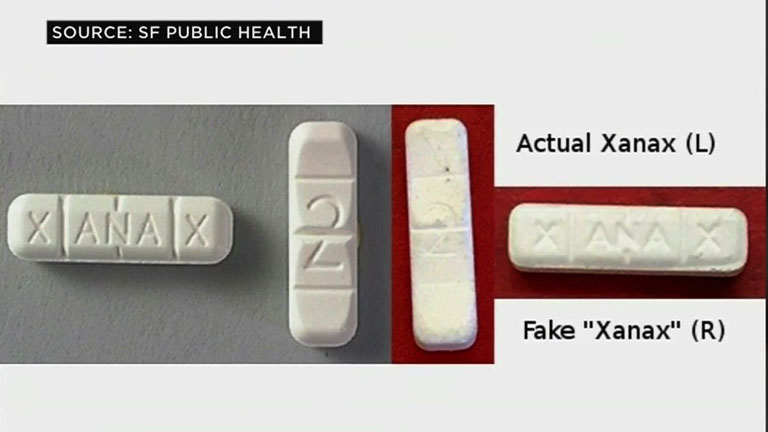 Try the National Suicide Prevention Lifeline at 800-273-8255.
Try the National Suicide Prevention Lifeline at 800-273-8255.
Xanax’s doses are available in milligrams (mg). They include:
- 0.25 mg
- 0.5 mg
- 1 mg
- 2 mg
The effects of Xanax become more significant as the dose increases.
Doctors generally recommend that first-time Xanax users start with the lowest possible dose. Until you know how the drug will affect you, it’s better to take less and build up to a higher dose.
High doses can be fatal. This goes for everyone — from first-time users all the way up to people who’ve used Xanax for many months or years as prescribed by their doctor. You shouldn’t take a higher dose than what’s prescribed by your doctor.
High doses are also associated with a puzzling complication known as the “Rambo effect.” This unusual side effect occurs when a Xanax user begins displaying behaviors that are very unlike them. This might include aggression, promiscuity, or theft. It’s not clear why some people react this way or how to predict if it will happen to you.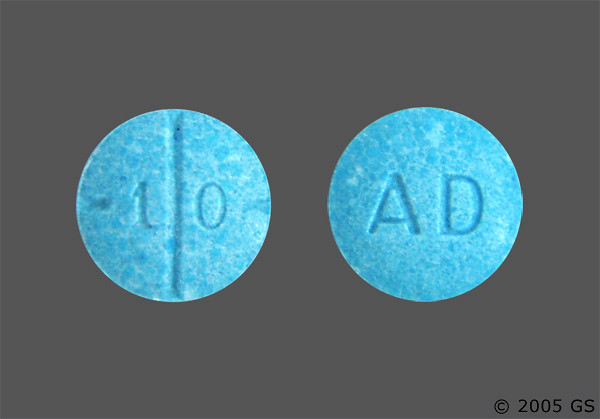
Xanax is taken by mouth and absorbed quickly by the bloodstream. Some people may first begin experiencing the effects of Xanax within 5 to 10 minutes of taking the pill. Almost everyone will feel the effects of the drug within an hour.
One of the reasons why Xanax is so effective for treating panic is that peak impact from the dose comes quickly. Most people will experience it between one and two hours after taking their dose.
The effects of Xanax are brief. Most people will feel the strongest impacts from the drug for two to four hours. Lingering effects or “fuzzy feelings” may stretch out beyond that for several more hours.
How long it takes for the drug to impact you will depend on several factors. They include:
- your weight and metabolism
- your age
- other medications you may be taking
It’s possible to build up a tolerance to Xanax quickly. If that happens, you may begin to notice it takes longer for you to feel the sedative effects of the drug, and the feelings may wear off more quickly.
Xanax has a half-life of about 11 hours. By that point, your body will eliminate half of the dose from your bloodstream. Everyone metabolizes medications differently, so the half-life is different from person to person.
As Xanax wears off, most people will stop feeling the calm, relaxed, lethargic sensations that the drug is associated with.
If you take this medication to relieve symptoms of anxiety, like a racing heart, those symptoms may begin to return as the drug is eliminated from your system. If you don’t have these symptoms, you’ll begin to return to a “normal feeling.”
A Xanax comedown isn’t the same thing as withdrawal. A comedown is the letdown of high emotions following peak drug effects. Many people who take Xanax don’t report a “comedown” because Xanax doesn’t cause a “high.”
However, some people may experience feelings of depression or anxiety, even if they’ve never had an issue with these conditions, as the chemicals in their brain adjust to the lack of the drug. This rebound anxiety or depression is usually temporary.
This rebound anxiety or depression is usually temporary.
Xanax has high potential to be a habit-forming drug. Symptoms of withdrawal typically begin two to seven days after your last dose. They can last two to eight weeks.
If you take Xanax, don’t stop it without talking to your doctor first. Some withdrawal symptoms can be dangerous. You need to follow a program with your doctor’s supervision to taper off the high doses and ultimately quit entirely.
Symptoms of withdrawal include:
- sleep problems and insomnia
- restlessness
- nervousness
- aggression
- poor concentration
- suicidal thoughts
- worsened anxiety or panic attacks
- depression
- seizures
Your doctor can administer medication to help ease these symptoms and prevent further complications.
If you’re considering taking Xanax or are curious about its potential to help you feel less anxious, talk with your doctor.
It’s also a good idea to tell your doctor if you’re using the drug recreationally. Xanax can interact with several common medications, resulting in serious side effects. Your doctor can monitor your overall health and help prevent complications.
Xanax can interact with several common medications, resulting in serious side effects. Your doctor can monitor your overall health and help prevent complications.
Your doctor can also work with you to find a more sustainable, long-term medication to help soothe any symptoms you’re experiencing and alleviate your desire to use Xanax.
| 💊 Ingredients of Xanax ® ✅ Use of Xanax ® Keep for yourself Search for analogues ⚠️ The state registration of this drug has been canceled Description of the active ingredients of the preparation Xanax ® (Xanax ® ) The scientific information provided is general and cannot be used to make decisions. Update date: 2020.11.07 Marketing authorization holder:PHARMACIA, NV/SA (Belgium) ATX code: N05BA12 (Alprazolam) Active substance: alprazolam (alprazolam) Rec.INN WHO registered Dosage form
Release form, packaging and composition Xanax®
10 pcs. - cellular contour packings (3) - packs of cardboard. Clinical and pharmacological group: Anxiolytic (tranquilizer) Pharmacotherapeutic group: Anxiolytic agent (tranquilizer) Pharmacological action Anxiolytic agent (tranquilizer), triazolo-benzodiazepine derivative. It has an anxiolytic, sedative, hypnotic, anticonvulsant, central muscle relaxant effect. The mechanism of action is to enhance the inhibitory effect of endogenous GABA in the CNS by increasing the sensitivity of GABA receptors to the mediator as a result of stimulation of benzodiazepine receptors located in the allosteric center of postsynaptic GABA receptors of the ascending activating reticular formation of the brainstem and intercalary neurons of the lateral horns of the spinal cord; reduces the excitability of the subcortical structures of the brain (limbic system, thalamus, hypothalamus), inhibits polysynaptic spinal reflexes. Pronounced anxiolytic activity (reduction of emotional stress, weakening of anxiety, fear, restlessness) is combined with a moderately pronounced hypnotic effect; shortens the period of falling asleep, increases the duration of sleep, reduces the number of night awakenings. The mechanism of hypnotic action is to inhibit the cells of the reticular formation of the brain stem. Reduces the impact of emotional, vegetative and motor stimuli that disrupt the mechanism of falling asleep. PharmacokineticsAfter oral administration, alprazolam is rapidly and completely absorbed from the gastrointestinal tract. C max in plasma is achieved within 1-2 hours. Plasma protein binding is 80%. Metabolized in the liver. T 1/2 averages 12-15 hours. Alprazolam and its metabolites are excreted mainly by the kidneys. Indications of the active substances of the drug Xanax® Anxiety, neurosis, accompanied by a sense of anxiety, danger, restlessness, tension, worsening sleep, irritability, as well as somatic disorders; mixed anxiety-depressive states; neurotic reactive-depressive states, accompanied by a decrease in mood, loss of interest in the environment, anxiety, loss of sleep, loss of appetite, somatic disorders; anxiety states and neurotic depressions that have developed against the background of somatic diseases; panic disorder with and without phobia symptoms. Open list of ICD-10 codes
Dosage regimenThe route of administration and dosing regimen of a particular drug depends on its form of release and other factors. The optimal dosage regimen is determined by the doctor. Compliance of the dosage form of a particular drug with indications for use and dosing regimen should be strictly observed. Individual. It is recommended to use the minimum effective dose. The dose is adjusted during treatment, depending on the effect achieved and tolerability. If it is necessary to increase the dose, it should be increased gradually, first in the evening, and then in the daytime. The initial dose is 250-500 mcg 3 times / day, if necessary, a gradual increase to 4.5 mg / day is possible. For elderly or debilitated patients, the initial dose is 250 mcg 2-3 times / day, maintenance doses - 500-750 mcg / day, if necessary, taking into account tolerability, the dose can be increased. Cancel or reduce the dose of alprazolam should be carried out gradually, reducing the daily dose by no more than 500 micrograms every 3 days; sometimes even slower cancellation may be needed. Side effectsFrom the side of the central nervous system: at the beginning of treatment (especially in elderly patients) drowsiness, fatigue, dizziness, decreased ability to concentrate, ataxia, disorientation, unsteadiness of gait, slowing down of mental and motor reactions; rarely - headache, euphoria, depression, tremor, memory loss, impaired coordination of movements, depressed mood, confusion, dystonic extrapyramidal reactions (uncontrolled movements, including the eyes), weakness, myasthenia gravis, dysarthria; in some cases, paradoxical reactions (aggressive outbursts, confusion, psychomotor agitation, fear, suicidal tendencies, muscle spasm, hallucinations, agitation, irritability, anxiety, insomnia). From the digestive system: possible dry mouth or salivation, heartburn, nausea, vomiting, loss of appetite, constipation or diarrhea, impaired liver function, increased activity of liver transaminases and alkaline phosphatase, jaundice. On the part of the hematopoietic system: possible leukopenia, neutropenia, agranulocytosis (chills, hyperthermia, sore throat, excessive fatigue or weakness), anemia, thrombocytopenia. From the urinary system: Urinary incontinence, urinary retention, impaired renal function, decreased or increased libido, dysmenorrhea are possible. On the part of the endocrine system: possible changes in body weight, libido disorders, menstrual cycle disorders. From the side of the cardiovascular system: possible decrease in blood pressure, tachycardia. Allergic reactions: possible skin rash, itching. Contraindications for use Coma, shock, myasthenia gravis, angle-closure glaucoma (acute attack or predisposition), acute alcohol poisoning (with weakening of vital functions), opioid analgesics, hypnotics and psychotropic drugs, chronic obstructive airways disease with initial manifestations of respiratory insufficiency, acute respiratory failure, severe depression (suicidal tendencies may occur), pregnancy (especially the first trimester), lactation, children and adolescents under 18 years of age, hypersensitivity to benzodiazepines. Use during pregnancy and lactationAlprazolam has a toxic effect on the fetus and increases the risk of congenital malformations when used in the first trimester of pregnancy. Chronic use during pregnancy can lead to physical dependence with the development of withdrawal syndrome in the newborn. Reception in therapeutic doses in later stages of pregnancy can cause depression of the central nervous system of the newborn. Use immediately before or during labor may cause respiratory depression, decreased muscle tone, hypotension, hypothermia, and poor suckling (poor neonatal sucking syndrome) in the neonate. Benzodiazepines may be excreted in breast milk, which may make the newborn drowsy and make feeding difficult. experimental studies show that alprazolam and its metabolites are excreted in breast milk. Use in hepatic impairmentAlprazolam should be used with caution in patients with hepatic impairment. Use in Impaired Renal Function Alprazolam should be used with caution in patients with impaired renal function. Use in childrenContraindication: children and adolescents under 18 years of age. Use in elderly patientsFor elderly or debilitated patients, the initial dose is 250 mcg 2-3 times / day, maintenance doses - 500-750 mcg / day, if necessary, taking into account tolerance, the dose can be increased. Special instructionsIn endogenous depression, alprazolam can be used in combination with antidepressants. When using alprazolam in patients with depression, there have been cases of the development of hypomanic and manic states. Alprazolam should be used with caution in patients with hepatic and/or renal impairment. In patients who have not previously taken drugs that affect the central nervous system, alprazolam is effective at lower doses compared with patients who received antidepressants, anxiolytics or suffering from chronic alcoholism. With long-term use in high doses, the development of addiction and the formation of drug dependence is possible, especially in patients prone to drug abuse. With rapid dose reduction or abrupt withdrawal of alprazolam, a withdrawal syndrome occurs, the symptoms of which can range from mild dysphoria and insomnia to a severe syndrome with abdominal and skeletal muscle cramps, vomiting, increased sweating, tremors and convulsions. The withdrawal syndrome is more common in individuals who have received alprazolam for a long time (more than 8-12 weeks). Other tranquilizers should not be co-administered with alprazolam. The safety of alprazolam in children and adolescents under 18 years of age has not been established. Children, especially at a younger age, are very sensitive to the inhibitory effect of benzodiazepines on the central nervous system. Avoid drinking alcohol during treatment. Influence on the ability to drive vehicles and mechanisms During the period of treatment, one should refrain from engaging in potentially hazardous activities that require increased attention and speed of psychomotor reactions (driving vehicles or working with mechanisms). Drug interactionWith the simultaneous use of psychotropic, anticonvulsant, drugs and ethanol, an increase in the inhibitory effect of alprazolam on the central nervous system is observed. With simultaneous use of blockers of histamine H 2 receptors reduce the clearance of alprazolam and increase the inhibitory effect of alprazolam on the central nervous system; macrolide antibiotics - reduce the clearance of alprazolam. With simultaneous use of hormonal contraceptives for oral administration increase T 1/2 alprazolam. With the simultaneous use of alprazolam with dextropropoxyphene, more pronounced CNS depression is observed than in combination with other benzodiazepines, tk. it is possible to increase the concentration of alprazolam in the blood plasma. Simultaneous intake of digoxin increases the risk of developing intoxication with cardiac glycosides. Alprazolam increases the plasma concentration of imipramine. Co-administration of itraconazole and ketoconazole enhance the effects of alprazolam. With the simultaneous use of paroxetine, it is possible to enhance the effects of alprazolam, due to the inhibition of its metabolism. Fluvoxamine increases the plasma concentration of alprazolam and the risk of its side effects. With the simultaneous use of fluoxetine, an increase in the concentration of alprazolam in blood plasma is possible due to a decrease in its metabolism and clearance under the influence of fluoxetine, which is accompanied by psychomotor disorders. The possibility of enhancing the action of alprazolam with simultaneous use with erythromycin cannot be ruled out. Keep |
Xanax is a lethal sedative for teenagers
Drug addiction is a disease that can affect anyone. Unfortunately, addictions don't take long to develop. Yes, and highly addictive drugs may seem at first glance, safe drugs.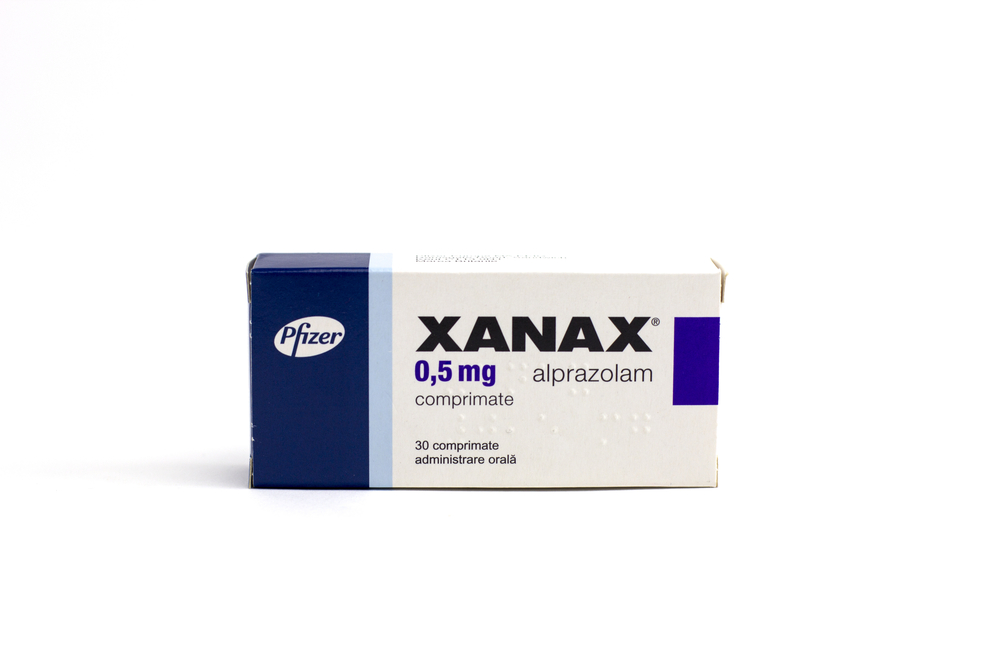 Xanax is such a drug. The drug, designed to help in the fight against insomnia, is easy to buy in pharmacies. Xanax is a medicine that has hidden possibilities. Often it is he who is chosen by drug addicts in pursuit of an inexpensive and affordable buzz.
Xanax is such a drug. The drug, designed to help in the fight against insomnia, is easy to buy in pharmacies. Xanax is a medicine that has hidden possibilities. Often it is he who is chosen by drug addicts in pursuit of an inexpensive and affordable buzz.
Even if Xanax is prescribed by a doctor and bought with a prescription, you should not forget that the treatment can cause serious consequences. The strongest sedative quickly causes addiction and should be taken under the strict supervision of a doctor and only in the doses indicated by a specialist. Exceeding the dosage or increasing the number of doses can become addictive.
Xanax is a form of benzodiazepine that helps with anxiety and insomnia. The drug slows down the nervous system, helps relieve anxiety, a sense of threat. The person calms down, his life rhythm is getting better. But only if you follow all the rules and recommendations for taking the medicine.
In addition to dealing with anxiety, Xanax helps to cope with alcohol addiction.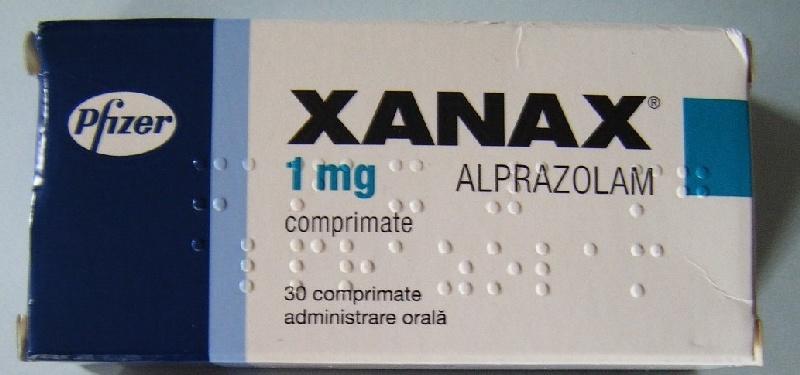 When refusing alcohol, a person experiences feelings of anxiety, panic attacks and other problems, the solution of which is the drug prescribed by the doctor. For medical purposes, Xanax is also used in the treatment of seizures. This is really one of the most effective and effective psychoactive substances, for which drug addicts choose it.
When refusing alcohol, a person experiences feelings of anxiety, panic attacks and other problems, the solution of which is the drug prescribed by the doctor. For medical purposes, Xanax is also used in the treatment of seizures. This is really one of the most effective and effective psychoactive substances, for which drug addicts choose it.
Xanax as a drug can radically change a person's life. Even the slightest overdose causes addiction, and with the systematic use of the drug without the supervision of a specialist, the consequences can be fatal.
Xanax: how the drug works
Treatment with Xanax rarely leads to addiction if done correctly. But the development of drug addiction due to medical care happens infrequently. Much more often, drug addicts deliberately begin to take pills of the drug.
The human brain is a receptacle for a huge number of gamma receptors (neurons). They are responsible for anxiety, restlessness, a sense of danger and other symptoms, which are eliminated with the help of Xanax. With severe anxiety, the activity of neurons increases excessively, and the drug helps to “extinguish” it. Xanax acts very quickly - anxiety and panic disappear almost immediately after taking the pill. But addiction develops quickly. Under the supervision of a doctor, the drug is quickly canceled, replacing it with other methods of treatment. With drug addiction, withdrawal does not occur.
With severe anxiety, the activity of neurons increases excessively, and the drug helps to “extinguish” it. Xanax acts very quickly - anxiety and panic disappear almost immediately after taking the pill. But addiction develops quickly. Under the supervision of a doctor, the drug is quickly canceled, replacing it with other methods of treatment. With drug addiction, withdrawal does not occur.
Xanax reviews vary. For some patients, this medicine helps to cope with the disease. In other people, it causes serious health problems and addiction, which can be felt even between doses prescribed by a doctor.
Xanax is a drug, and if taken the way addicts take it, anyone can become addicted. As a result, there is a feeling of euphoria, lightness, mental activity becomes dull, the body relaxes, mood improves. A long period of Xanax use leads to dementia, mental disorders, poor coordination. With each new dose of the drug, the condition will worsen, the doses of the drug will increase, the risks to life will increase. If you have been prescribed Xanax for treatment, keep the tablets out of the reach of children and strangers. Carefully monitor your condition and be sure to visit your doctor regularly.
If you have been prescribed Xanax for treatment, keep the tablets out of the reach of children and strangers. Carefully monitor your condition and be sure to visit your doctor regularly.
How to understand that a person needs help
Xanax is the effect of calmness and carelessness. But it also has a lot of side effects. Symptoms of dependence on Xanax are easy enough to recognize:
- rapid onset of fatigue, severe fatigue;
- a person is confused in his thoughts, judgments;
- the addict's speech is confused, slurred;
- severe headaches appear;
- increases sensitivity to noise;
- tremor of hands and whole body develops;
- mood changes dramatically;
- insomnia develops;
- emotions disappear;
- increased sweating;
- may experience numbness of the extremities, vomiting, nausea;
- weight changes dramatically.
Dependence on Xanax also has external manifestations. The skin may turn red and develop a rash. The face swells, becomes puffy, swelling may occur in other parts of the body, including the throat, tongue. Speech in this case becomes difficult, the voice changes.
The skin may turn red and develop a rash. The face swells, becomes puffy, swelling may occur in other parts of the body, including the throat, tongue. Speech in this case becomes difficult, the voice changes.
Taking Xanax also affects the state of the gastrointestinal tract. Drug addicts experience stomach pain, diarrhea or constipation. Cardiac activity is disturbed, as a result of which an aggravated feeling of cold appears, a person shakes, freezes even in the heat. Over time, the feeling of euphoria is replaced by increased anxiety, suicidal thoughts, fears appear. This condition cannot last long - a person either goes to a specialized clinic for treatment, or dies.
The active substance of Xanax is alprazolam. The consequences of taking it can only be eliminated by specialists, so dealing with the problem on your own is not an option.
Xanax is a strong drug, but what effect should be expected from its correct use? When treated with Xanax, the patient may experience a feeling of lethargy, slight fatigue, but such manifestations do not entail serious consequences.
 decisions about the use of a particular drug.
decisions about the use of a particular drug.  registration
registration 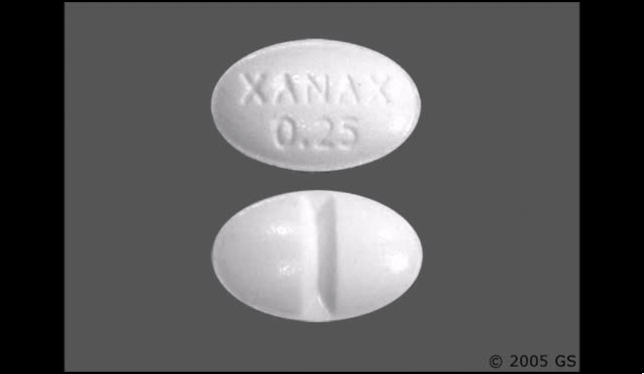

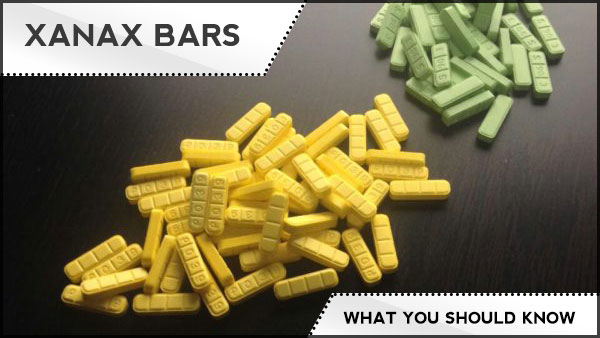 2
2 



